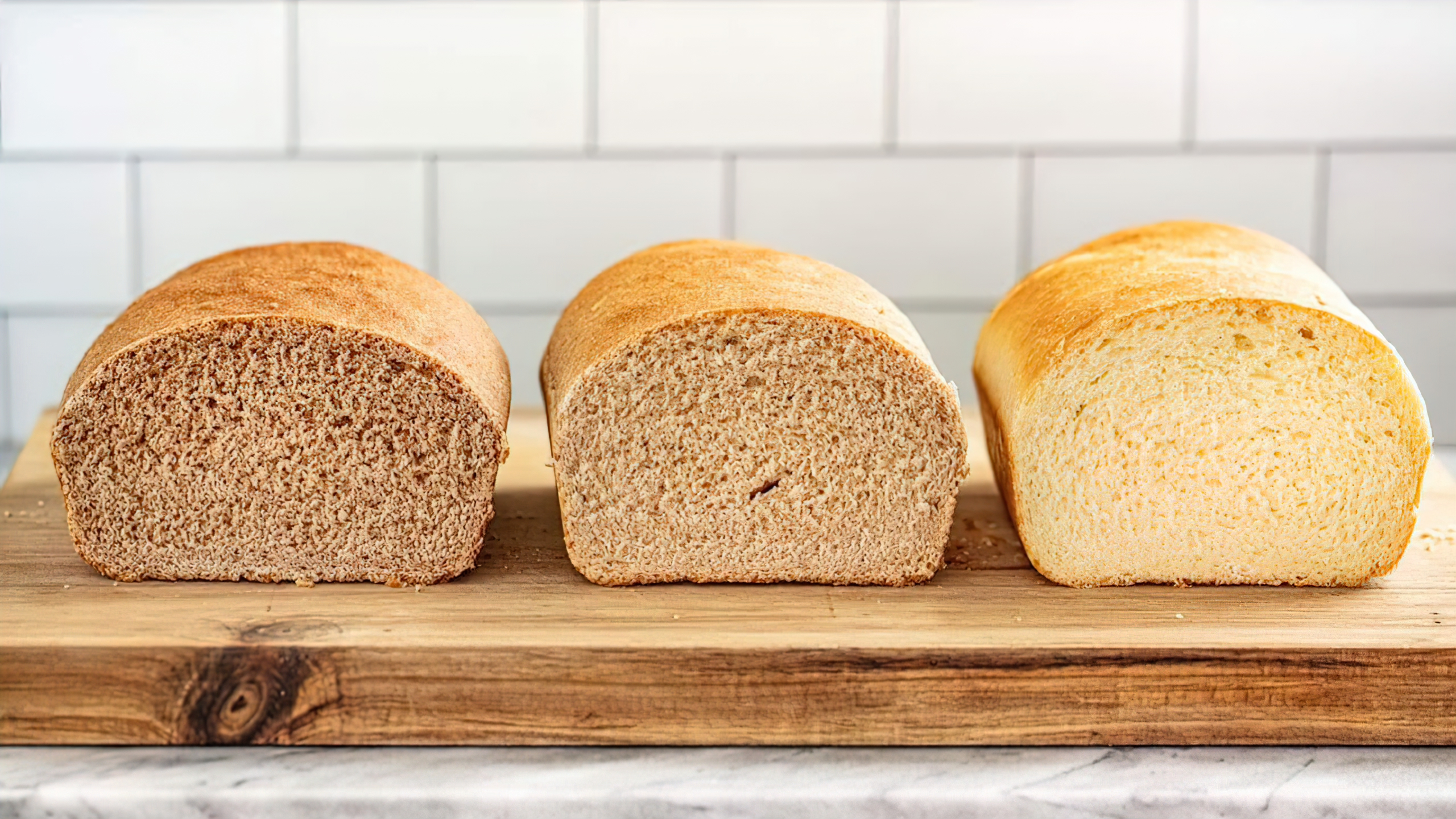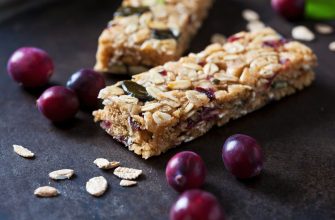Bread is a staple food in many diets worldwide. However, not all bread is created equal when it comes to health benefits. Selecting healthier bread options can greatly impact your overall well-being and contribute to a balanced diet. In this article, we will guide you through the process of choosing healthier bread options by discussing the different types of bread, their nutritional value, and what to look for when shopping for bread.
Understanding Bread Types and Nutrients
![]()
The first step in choosing healthier bread options is understanding the different types of bread and their nutritional content. Some bread types are made with refined grains, which have been stripped of their fiber, vitamins, and minerals, while others are made from whole grains that retain these essential nutrients.
- White Bread: Made from refined wheat flour, white bread is low in fiber and nutrients, making it a less healthy choice.
- Whole Wheat Bread: Made from whole wheat flour, it contains more fiber, vitamins, and minerals than white bread.
- Multigrain Bread: Contains a variety of whole grains and seeds, providing more nutrients and fiber than white or whole wheat bread alone.
- Sourdough Bread: Fermented bread made from a mix of flours, offering a unique flavor and potential health benefits due to its fermentation process.
- Gluten-Free Bread: Suitable for those with gluten intolerance or celiac disease, but be aware of added sugars and other unhealthy ingredients in some gluten-free options.
Reading Bread Labels for Healthier Choices
It’s essential to read bread labels when selecting a healthier option. Look for these key aspects:
- Whole Grains: Ensure the first ingredient listed is a whole grain, such as whole wheat, whole rye, or whole oats.
- Fiber Content: Aim for bread with at least 3 grams of fiber per serving.
- No Added Sugars: Avoid bread with added sugars or high fructose corn syrup.
- Minimal Preservatives: Opt for bread with few or no artificial preservatives.
- Low Sodium: Choose bread with a sodium content of 200mg or less per serving.
Health Benefits of Healthier Bread Options
Incorporating healthier bread options into your diet can offer numerous health benefits:
- Improved Digestion: Higher fiber content in whole grain bread aids digestion and prevents constipation.
- Weight Management: Whole grain bread can help you feel fuller for longer, reducing the likelihood of overeating.
- Better Heart Health: Consuming whole grains has been linked to a reduced risk of heart disease.
- Stabilized Blood Sugar: Whole grains have a lower glycemic index, preventing rapid spikes in blood sugar levels.
Healthier Bread Options into Your Meals
Now that you know how to choose healthier bread options, here are some ideas on how to incorporate them into your daily meals:
- Breakfast Ideas: Start your day with a slice of whole-grain toast topped with avocado, tomato, and a sprinkle of salt and pepper. Or try a whole-grain English muffin with almond butter and banana slices for a quick and nutritious breakfast.
- Lunch Ideas: Swap out white bread for a whole-grain wrap or pita when making your favorite sandwich. Opt for whole-grain bread when making paninis or grilled cheese, and don’t forget to load up on veggies for added nutrition.
- Dinner Ideas: Use whole-grain rolls as a side dish for soups and stews. Whole-grain baguettes make a delicious base for bruschetta or garlic bread. You can even use whole-grain breadcrumbs for a healthier crust on your favorite baked dishes like chicken parmesan or eggplant parmesan.
- Snack Ideas: Toasted whole-grain bread with hummus or tzatziki makes a healthy and satisfying snack. Alternatively, experiment with different toppings like cream cheese and smoked salmon or nut butter and fresh fruit for a nutrient-dense treat.
Storing and Freezing Bread
![]()
To keep your healthier bread options fresh for as long as possible, follow these storage tips:
- Room Temperature Storage: Store bread in a cool, dry place, such as a bread box or pantry. Avoid storing bread in the refrigerator, as this can cause it to dry out and become stale more quickly.
- Freezing Bread: To extend the life of your bread, freeze it. Slice the bread before freezing, then store it in an airtight container or freezer bag. This way, you can easily defrost individual slices as needed.
- Reviving Stale Bread: If your bread becomes stale, you can revive it by lightly sprinkling it with water and warming it in the oven for a few minutes. This will restore some of its freshness and texture.
In conclusion, choosing healthier bread options is a simple yet effective way to improve your overall diet and enjoy the benefits of whole grains. By paying attention to bread labels, incorporating these options into your meals, and properly storing your bread, you can enjoy delicious and nutritious bread as part of a balanced diet.

